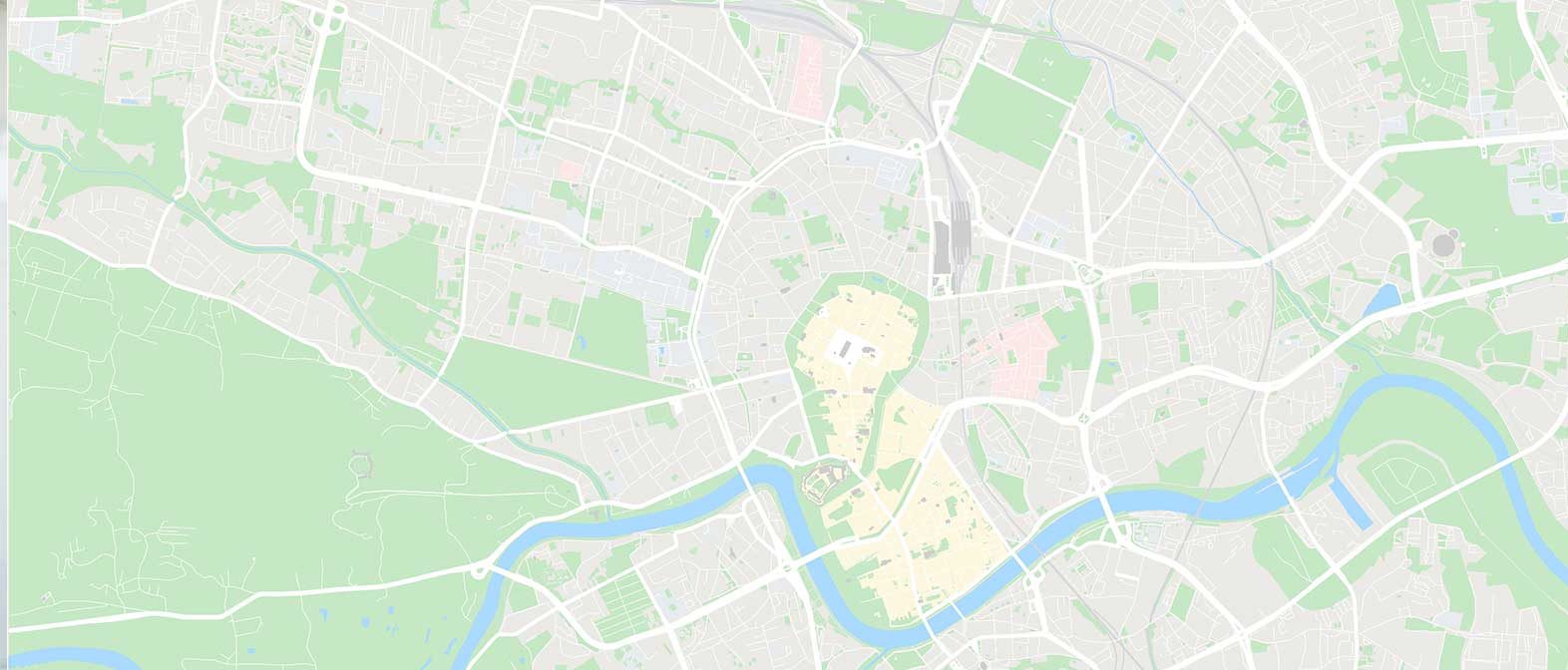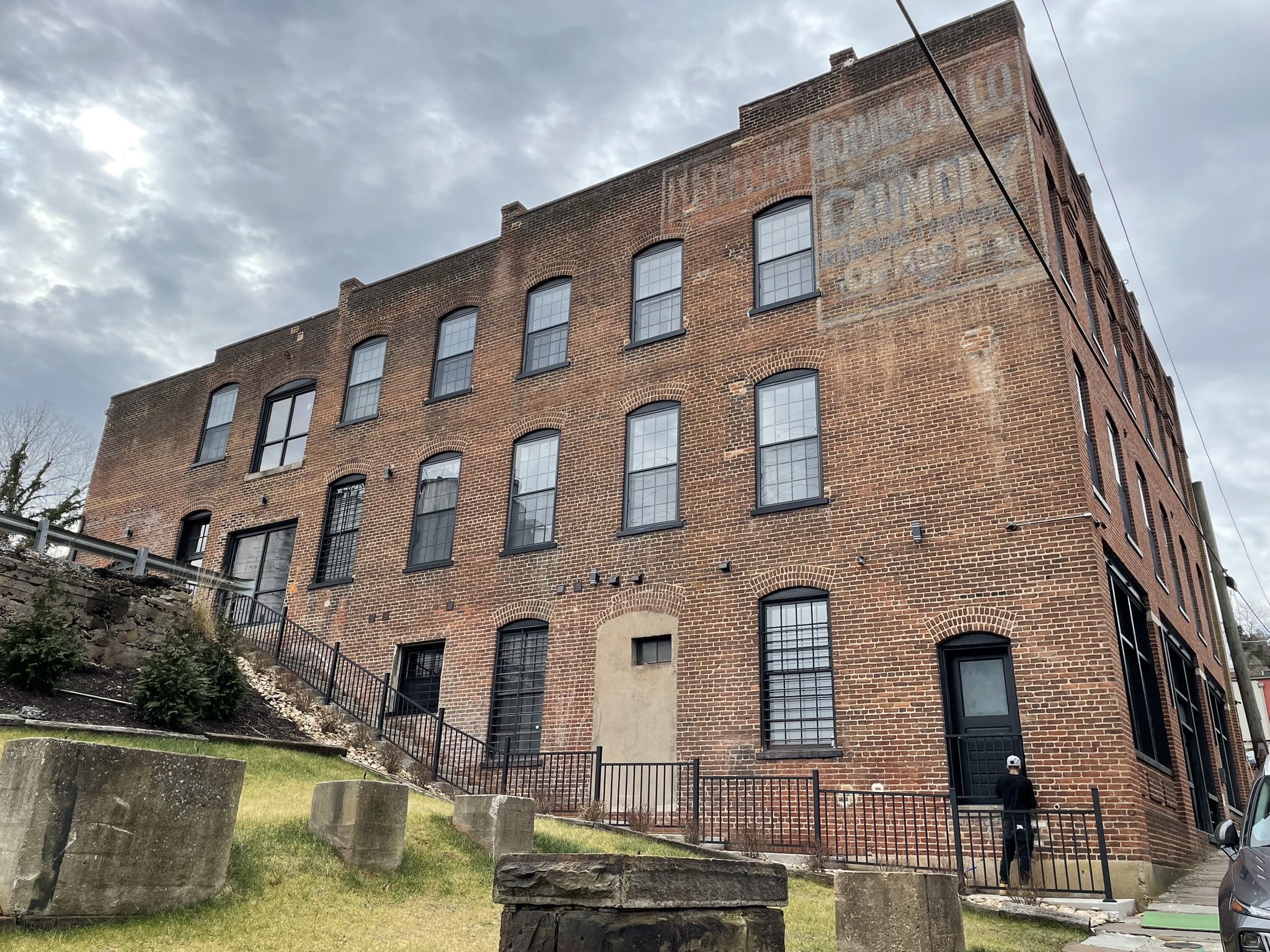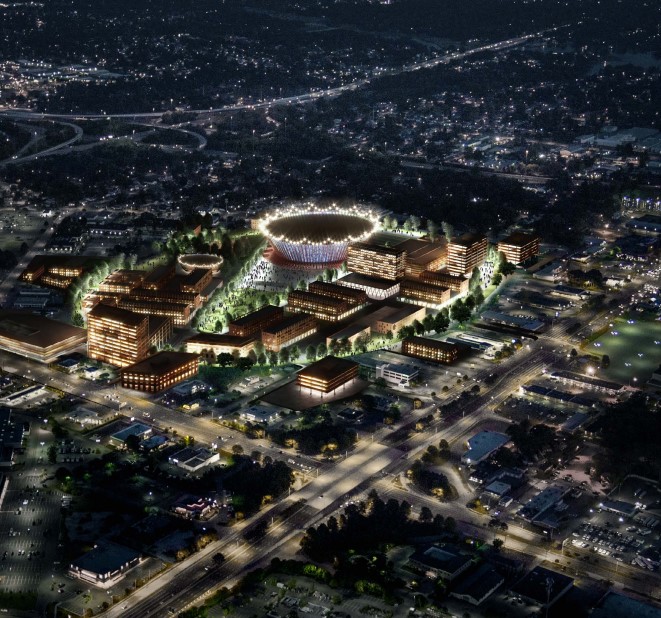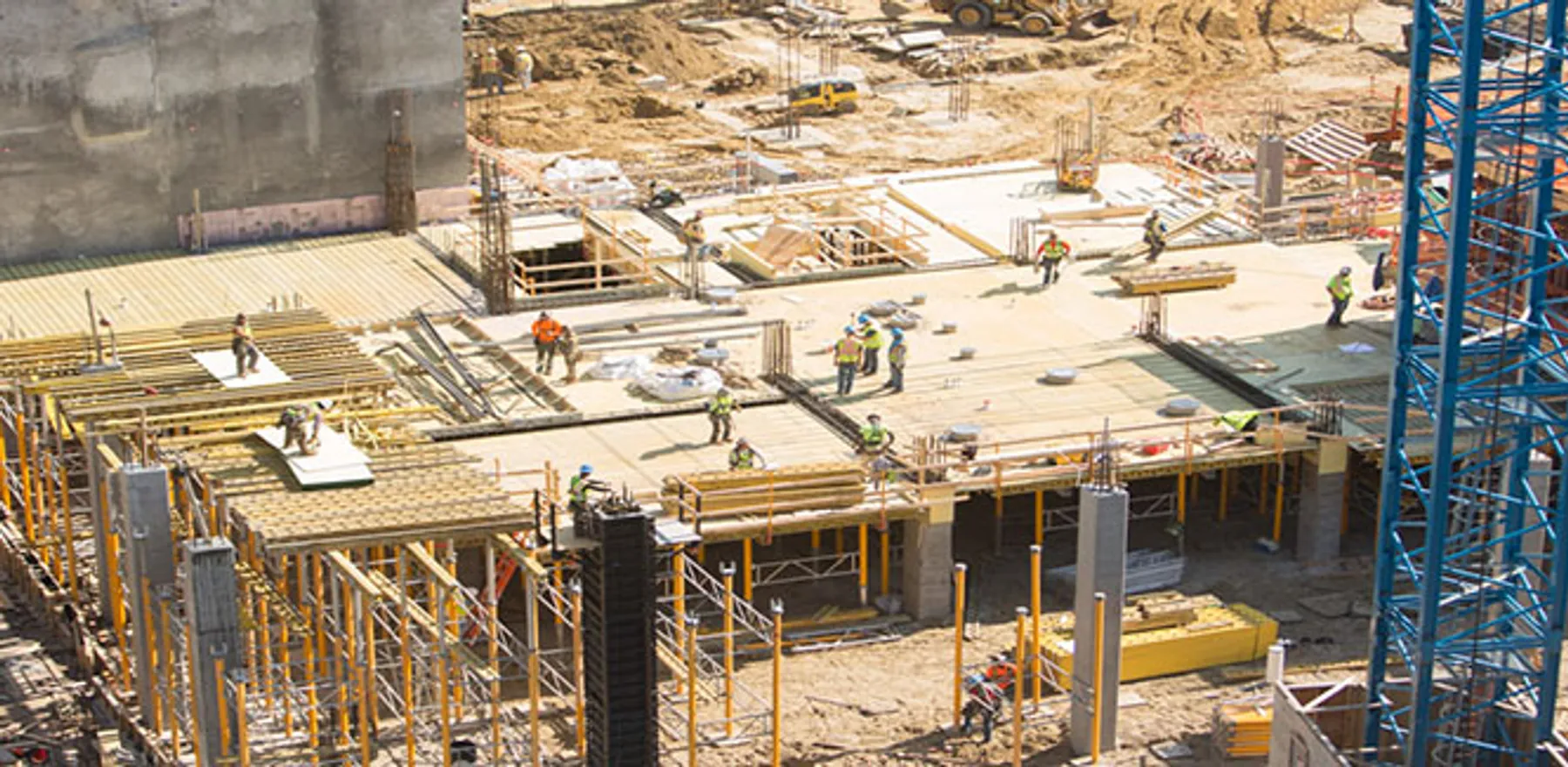The American mall has been a longstanding cornerstone of American consumer culture. However, with the recent rise of e-commerce, the American mall has suffered large blows to financial performance and foot traffic. The convenience of e-commerce giants such as Amazon has made a trip to the local mall an afterthought, and to many an inconvenience.
Over the past decade, we have seen the once popular American cultural symbol struggle to support its own weight. Record vacancy, Covid-19, and large retailers backing out of their leases, malls have appeared to be on the decline for some time. Several local malls in Hampton Roads have shut their doors, are slated for demolition, and are in the process of redevelopment. This begs the question: is there any place for a traditional mall in Hampton Roads, and if not, how are developers re-imagining these mall sites.
How are Malls Performing Nationally?
The struggling shopping mall has become a large talking point over recent years. It only takes a quick walk through your local mall to see that its not the popular retail attraction it once was. The closures of many malls across the U.S. during the pandemic appeared to be the final blow to an already stressed American institution. Many malls failed to come out of other end and many continue to struggle and disappear silently. However, according to a recent study by Coresight Research, top-tier malls are not only surviving the current landscape but thriving.
According to Coresight Research, 2022 saw more store openings in top-tier malls than closures for the first time since 2016 and retail sales in malls grew more than 11% in 2022 to nearly $819 Billion. Malls are generally ranked into three different categories:
Low-tier malls: malls that lack a strong anchor tenant, coupled with declining sales and a less affluent consumer demographic.
Mid-tier malls: malls that have decently strong anchor tenants and few vacancies. These malls are also located in better neighborhoods than low-tier malls with a typical shopper that has an annual income or roughly $100,000.
Top-tier malls: these malls feature luxury retailers and newer direct-to-consumer brands. They are often located in the most prosperous areas with the typical shopper earning an annual income of over $200,000.
Not only is foot traffic up 12% in top-tier malls, but non-top-tier malls are also seeing a noticeable increase compared to pre-pandemic levels. Is this heightened traffic simply a one-time reaction to the pandemic closures, where consumers were forced to shutter indoors? It may still be a little too early to tell. However, the uptick in occupancy of top-tier malls has bounced back to an average of 95.1% in 2022, confirming that retailers are confident that consumers will continue to shop at their stores. The data shows that top-tier malls continue to be a destination for consumers. In Hampton Roads Lynnhaven Mall in Virginia Beach and Patrick Henry Mall in Newport News still appear to be performing well and seem to fall into this mid to top-tier category. With consistent foot traffic and both malls boasting above 95% occupancy as of the end of 2022, the traditional mall may still be viable in some areas of the community, especially where the demographics support it. However, what does that mean for the mid and low-tier malls found throughout Hampton Roads?
How are Malls Being Redeveloped in Hampton Roads?
Walking through local malls such as MacArthur Center in Downtown Norfolk and Military Circle Mall, its painfully obvious that these once bustling centers of commerce aren’t what they used to be. High vacancy, diminishing foot traffic, and national retailers leaving their spaces has resulted in many of our local malls in Hampton Roads struggling to stay afloat. It’s important to ask: how can we take advantage of these large sites to improve the community?
Military Circle Mall Redevelopment
The potential uses for our local malls has been a hot topic in the local media. One of the most popular proposals is the $1.1 billion redevelopment of Military Circle spearheaded by Pharrell Williams who is also involved in the $330 Million Atlantic Park development which was approved by Virginia Beach earlier this year. Williams’s proposed development for Military Circle, known as Wellness Circle, includes a 16,000-seat arena, 1,100 new residential units, and a 200-room hotel. The proposal is reportedly also backed by local REIT Armada Hoffler and Dallas, TX based Westdale Asset Management.
Another proposal, led by The Crossroads Partnership, includes a 15,000-seat arena, bike path, 987 multifamily units, a 128-room Hyatt hotel, Sentara offices, and more which would cost roughly $925.5 million.
A third plan from Norfolk MC Associates, called The Well, would include a 9-acre lake, 5,000-seat amphitheater, 200-room hotel, 864 housing units, and nearly 650,000 square feet of office and retail entertainment space. Bruce Thompson of Gold Key/PHR and the Franklin Johnston Group are also tied to this project.
All three proposals focus on a live-work-play concept that would offer a fully self-contained living environment for Norfolk locals that has not truly been developed in the area before. The proposals are flashy, exciting, and for a lack of a better phrase, just plain ‘cool’. However, more practical uses may prove to thwart these bold plans. Just last month, the Norfolk Economic and Development Authority approved an “option to purchase” agreement for 24-acres at Military Circle to be used by The U.S. Department of Veteran Affairs for an outpatient health clinic. The clinic would be roughly 219,000 square feet and cost an estimated $62 million. Although, nothing is set in stone yet, the clinic would take a large chunk out of the Military Circle site and would likely put an end to the development of the three potential live-work-play developments.
Pembroke Mall Redevelopment
In November, 2021 Pembroke Square Associates, the developers of Pembroke Mall, announced a $200 million project to update the 54-acre mall location. The updates in the original proposal included three initial projects: an independent senior living community managed by Virginia based Beth Sholom, a contemporary full-service hotel concept, and 322-unit, 12-story apartment complex.
With rising interest rates and construction costs, parts of the initial project have been scaled back. The hotel concept will now only be seven stories, instead of the original 14 and be a single-branded Hilton, rather than one of the first newly branded Tempo/Hollywood Suites by Hilton. The apartment complex size has also been reduced and the new number of units has yet to be determined as the complex is currently being re-designed. However, the 153-unit senior living community, known as Aviva, broke ground last December and offers 121 independent living apartments, 20 assisted living apartments, and 12 memory support units.
Currently, the exterior tenants of the former mall including Kohl’s, Latitude Climbing + Fitness, DSW, and some other retailers are still operating and open for business.
What is the Current State of MacArthur Mall?
Following the closure of the Nordstroms & Barnes and Noble in the past few years, Dillard’s also closed its doors in August 2023. The large majority of space and stores in MacArthur Mall are now closed.
Just last month, it was announced that the City of Norfolk finalized it’s purchase of MacArthur Center for $18 million. Currently, there does not seem to be any definitive plans or well fleshed-out proposals for the future use of the downtown Norfolk mall. With the purchase just recently being finalized, MacArthur Center will likely continue to operate as a mall until different plans are better researched.
Norfolk’s 2030 Plan for MacArthur Center outlines three initial, albeit vague, plans:
- Renovate: Keep ground floor retail and offer office space on the remaining floors.
- Restructure: Reopen Market Street and create a pedestrian friendly promenade with residential uses and also line City Hall Avenue with micro-retail, craft manufacturing, and small services and business.
- Demolish: Raze the 23-acre site and build a new downtown urban district that allows for a new street pattern that would connect Scope and Chrysler Hall with Main Street and the Waterfront.
Of the three initial plans, restructuring appears to be most likely. With the current state of office throughout the nation and in Hampton Roads, a renovation of most of the property to office would be a risky move. America’s shift to work from home post-pandemic has left many offices with high vacancy and markets with negative net absorption. Contrarily, the Downtown Norfolk submarket has seen positive absorption in the trailing 3 quarters with vacancy hovering around 8%. Even with this recent positive performance adding a significant amount of office square footage in Downtown would likely not be the best move given the current office environment and shotty outlook for office in the coming years.
MacArthur Center offers some very good existing real estate including a 4,000-space structured parking lot that is a piece of infrastructure that developers would recognize as extremely valuable. Furthermore, a total demolition and re-development in this high interest rate and construction cost environment would be tough hurdles to overcome and likely result in a ‘scaling back’ of original plans that we have seen at the Pembroke Mall location.
The existing real estate and infrastructure, coupled with a volatile office market, high interest rates and construction costs proves that a restructuring, rather than a total demolition or adaptive re-use to office space, appears to be the most practical at the current time. Even though the future of MacArthur Center is still up in the air, the future plans should keep the needs of downtown residents, and Hampton Roads residents as a whole at the forefront.
By William Wilson & Thomas McCoy, MAI




